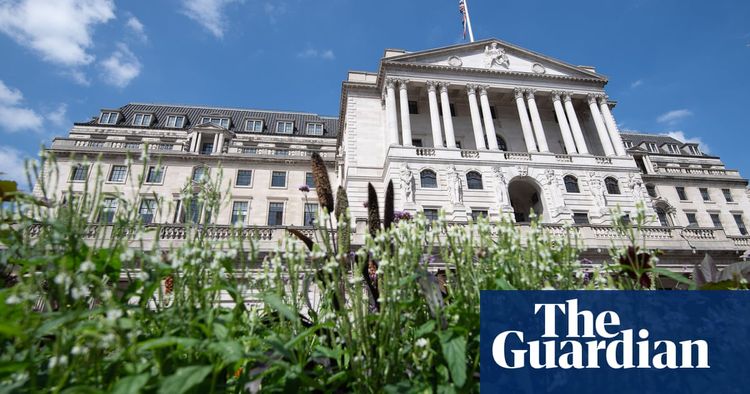Sticky core inflation means UK interest rate cuts are not coming any time soon

It was expected that the yearly inflation rate would decrease in October, but the real concern was to what extent. Eventually, it fell to 4.6% from 6.7%, which was more significant than anticipated and the largest drop in over thirty years. This brought some positive news for the prime minister, who was having a challenging time lately.
The consumer prices index has gone down quickly because energy prices didn't rise as much as last year in October 2022. Gas prices dropped by 7% recently, after going up by almost 37% in the same month a year earlier.
Although the decrease in the yearly rate was not solely due to the decreased prices of energy. The cost of food witnessed a slight increase of 0.1% in October, whereas, in October last year, it had spiked up to 2%. On the other hand, there has been no change in hotel and restaurant prices, which had gone up by 1% in the previous year.
Basically, prices didn't go up from September to October in 2023, which is different than the 2% increase that happened the year before. This decrease in the annual rate allowed Rishi Sunak to deliver on one of his promises - reducing the inflation rate by half in 2023 from its starting point of 10.7%. However, even with this progress, the UK's inflation rate is still higher than in the United States (3.2%) or the eurozone (2.9%).
The primary responsibility of managing inflation lies with the Bank of England, not the government officials. It is uncertain whether the public will attribute any merits to the government for their efforts in controlling inflation.
The decrease in the yearly increase of inflation doesn't imply prices are reducing, only that their rise is slower than before. For instance, food prices have increased by 30% in comparison to two years ago and gas prices went up by 60%. It is too soon to declare that the problem of living expenses has been resolved. Nonetheless, the conclusion of this predicament is approaching soon.
Furthermore, the decrease in core inflation, which doesn't include unstable products like food and energy, wasn't as significant as the decline in the overall rate. The Bank of England focuses on core inflation when determining the upcoming direction of interest rates.
Threadneedle Street focuses on two primary indicators to assess core inflation. The first one is the consumer price index for all products that exclude energy, food, alcohol, and tobacco, while the second one is the inflation rate in the services industry.
The initial percentage decreased from 6.1% to 5.7%, and the secondary dropped from 6.9% to 6.6%. Although the increase in prices of services was not as high as the Bank had estimated in the current quarterly report on financial policy, it is still too excessive for the nine-member monetary policy group to consider lowering interest rates at this time.
However, according to recent inflation statistics, financial markets believe that there won't be any further increases in official borrowing costs and that rates may even be decreased by mid-2022.
Before the positive news about living expenses, mortgage rates were already decreasing. Rightmove reports that the average five-year fixed mortgage rate is now 5.30%, which is a decrease from the 5.75% seen a year prior. More reductions in mortgage rates can be anticipated.









































